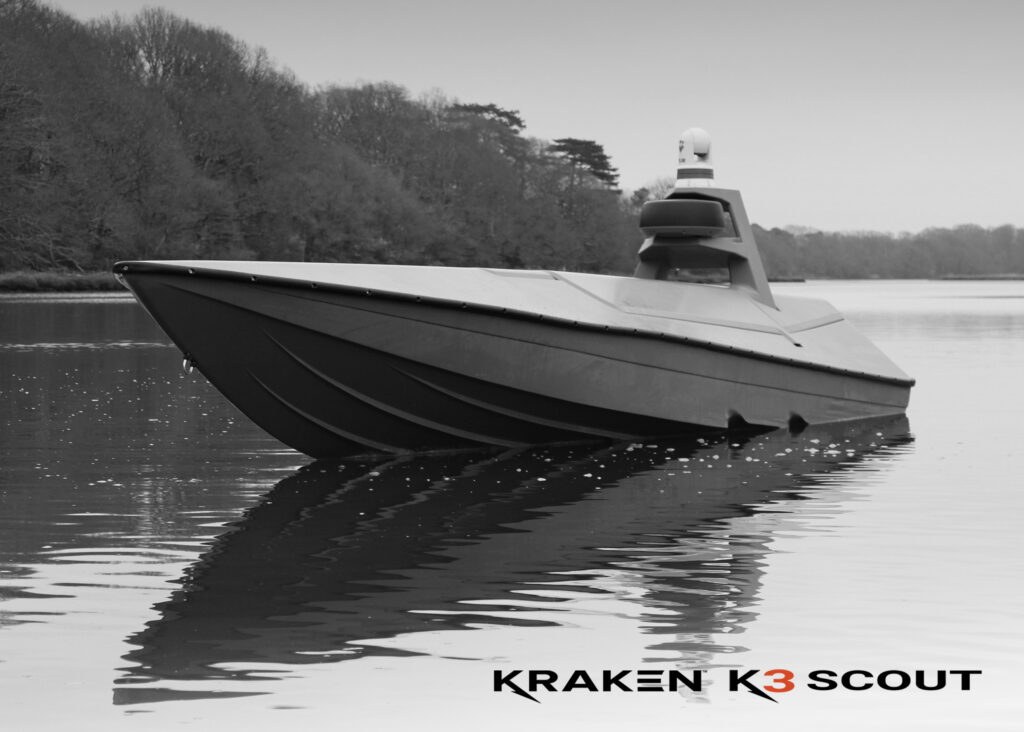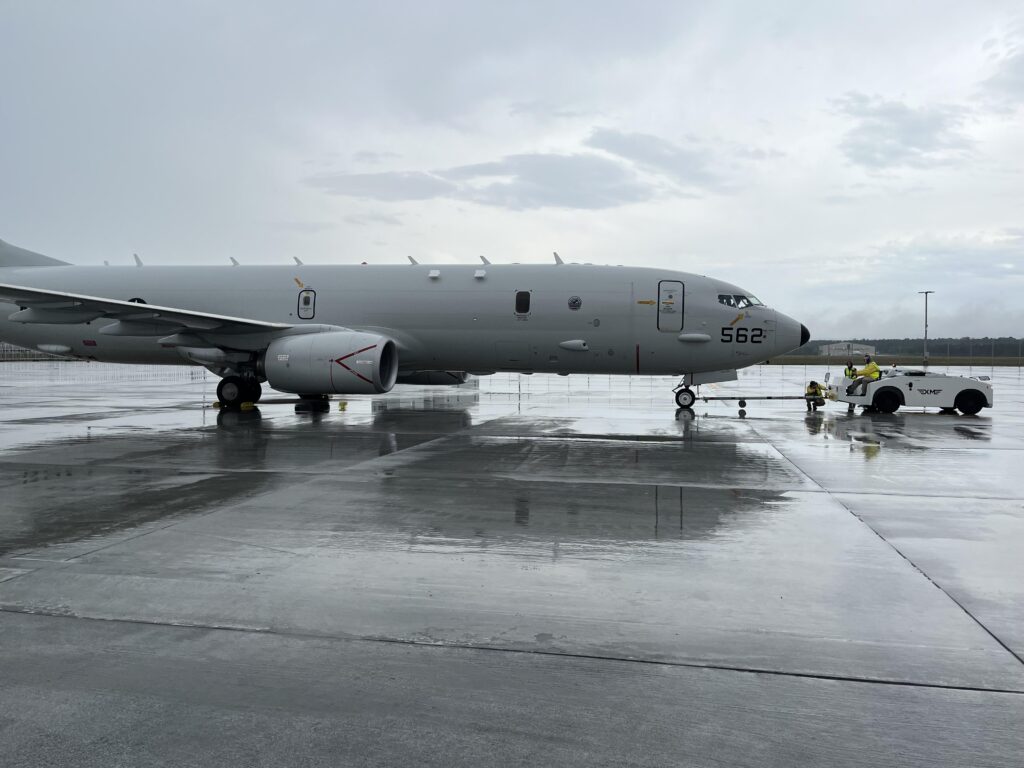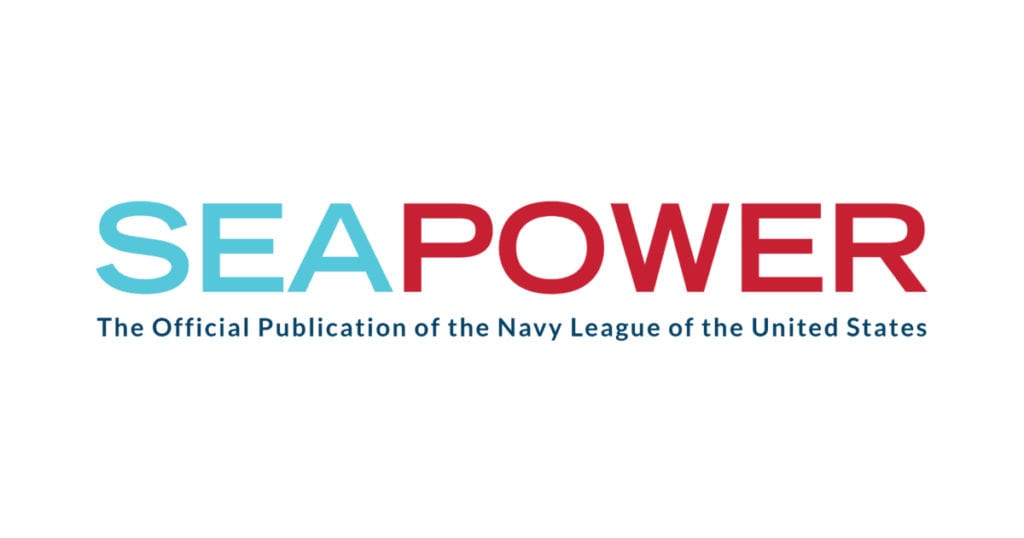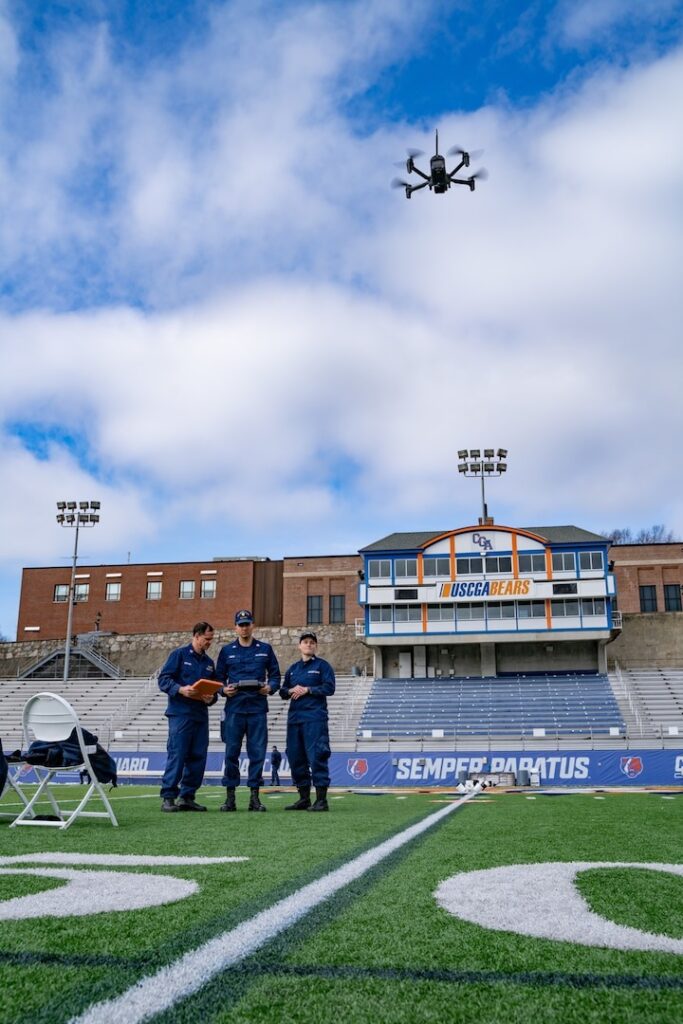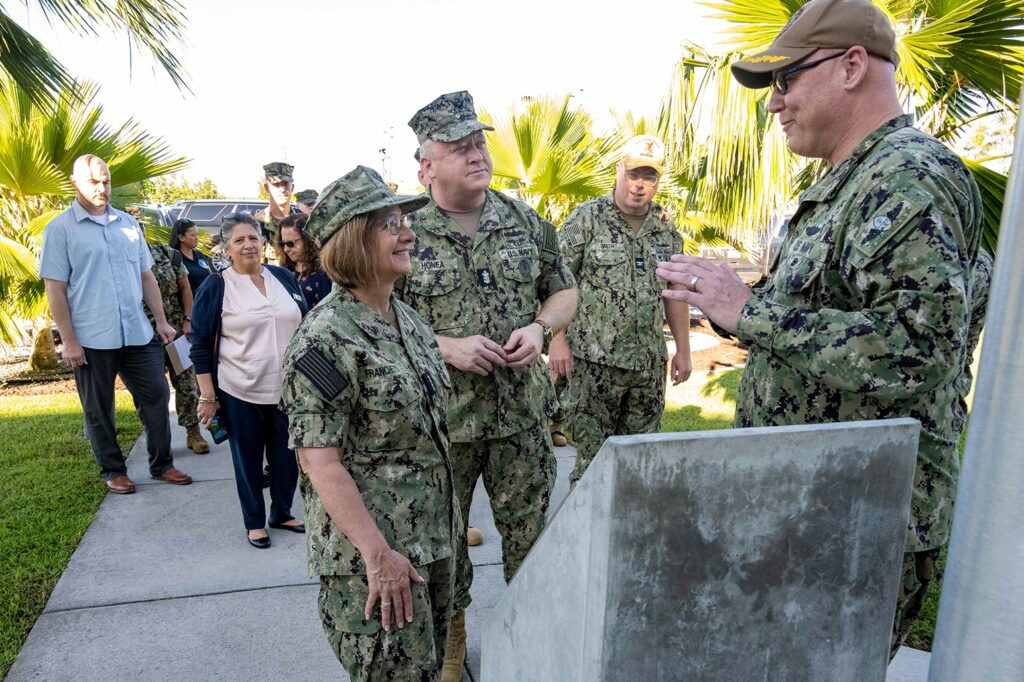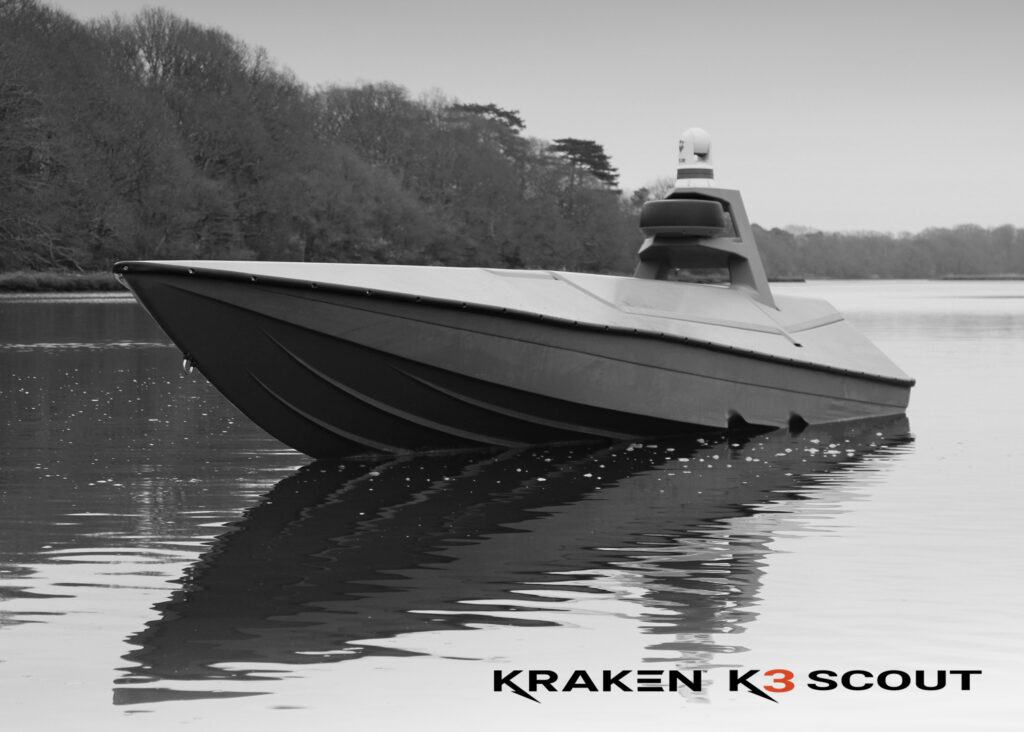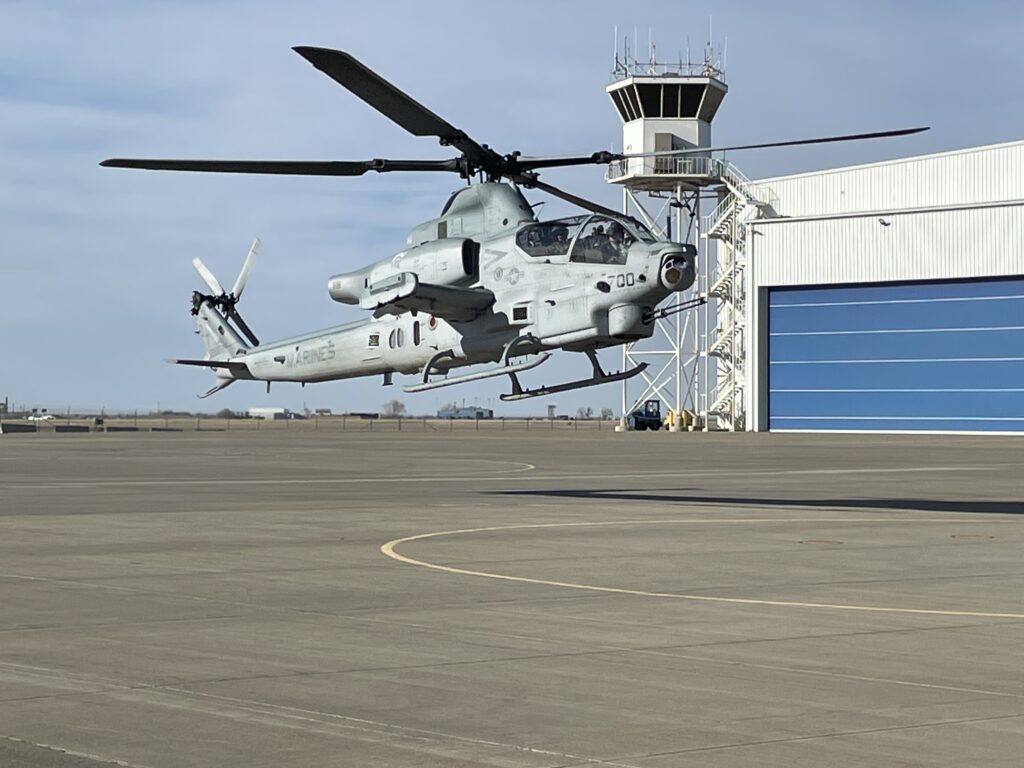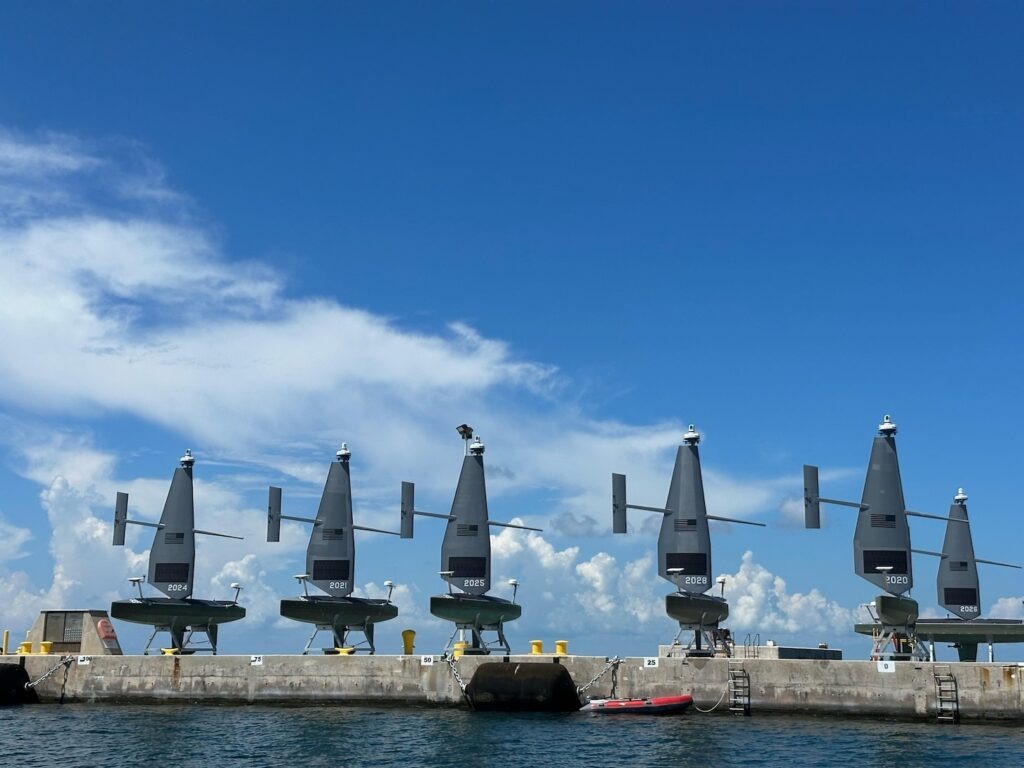Joint operation leads to cocaine seizure in Bahamas
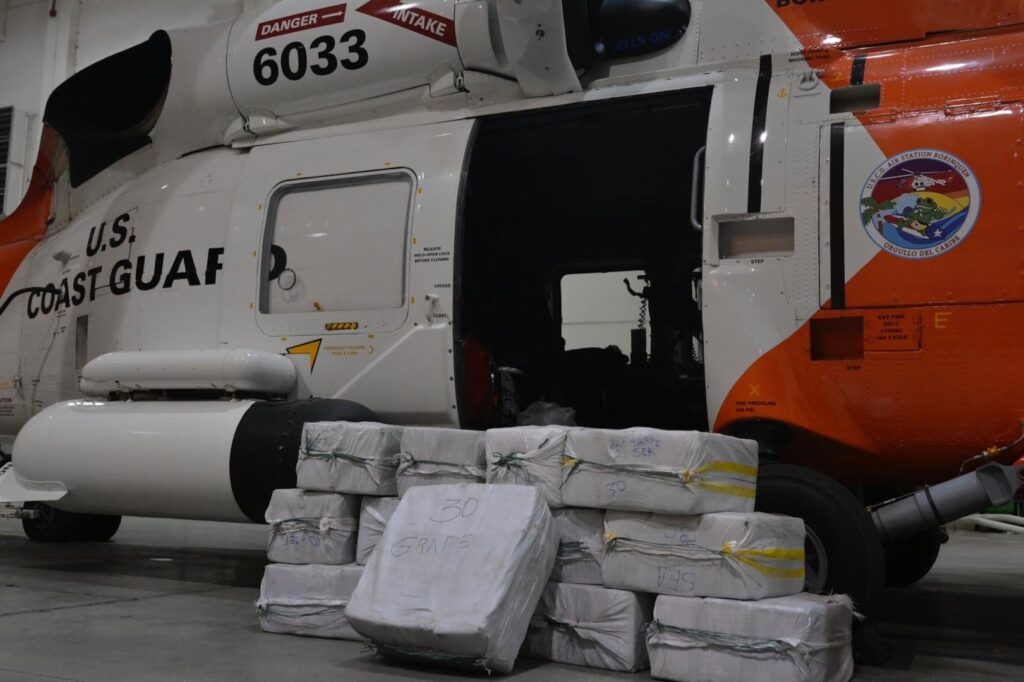
U.S. Coast Guard 7th District, March 29, 2024
MIAMI – U.S. Coast Guard Air Station Borinquen aircrews assisted the Royal Bahamas Police Force and the U.S. Drug Enforcement Administration with the transfer and disposition of approximately 391 kilos of cocaine worth an estimated value of $7.5 million, Tuesday, at the Mayaguana Airport in The Bahamas.
Operation Bahamas Turks and Caicos partners collaborated to interdict the contraband.
The Royal Bahamas Police Force Drug Enforcement Unit coordinated with Mayaguana Airport Police and DEA agents to seize a suspected smuggling aircraft and discovered the contraband.
The RBPF took custody of a suspected smuggler and the RBPF public affairs and communication department reported that the case investigation is ongoing.
The drug bust follows the recent 2024 Northern Caribbean Security Summit held in The Bahamas earlier this month. The NOCSS was the third-annual meeting between executive and law enforcement leaders from the United States, The Bahamas, the Turks and Caicos Islands, and the United Kingdom. At the summit, leaders discussed ways to modernize, integrate, and position joint security relationships to confront the complex threats of the 21st century. NOCSS partners continuously work across the region to dismantle criminal networks, block malign actors, support strong judiciaries, and stop the trafficking of drugs, guns, wildlife, and people.
OPBAT is a partnership between the DEA, U.S. Coast Guard, U.S. Customs and Border Protection, the U.S. Department of State, and law enforcement entities of The Commonwealth of The Bahamas and the Turks and Caicos Islands to stop the flow of illicit narcotics through the Caribbean, destined for the United States or other jurisdictions. OPBAT assets also regularly assist with prosecuting human smuggling and search and rescue cases throughout its area of responsibility.

